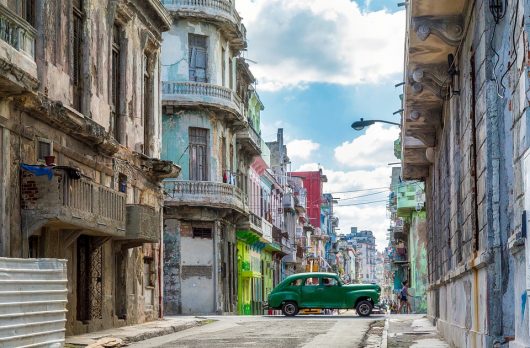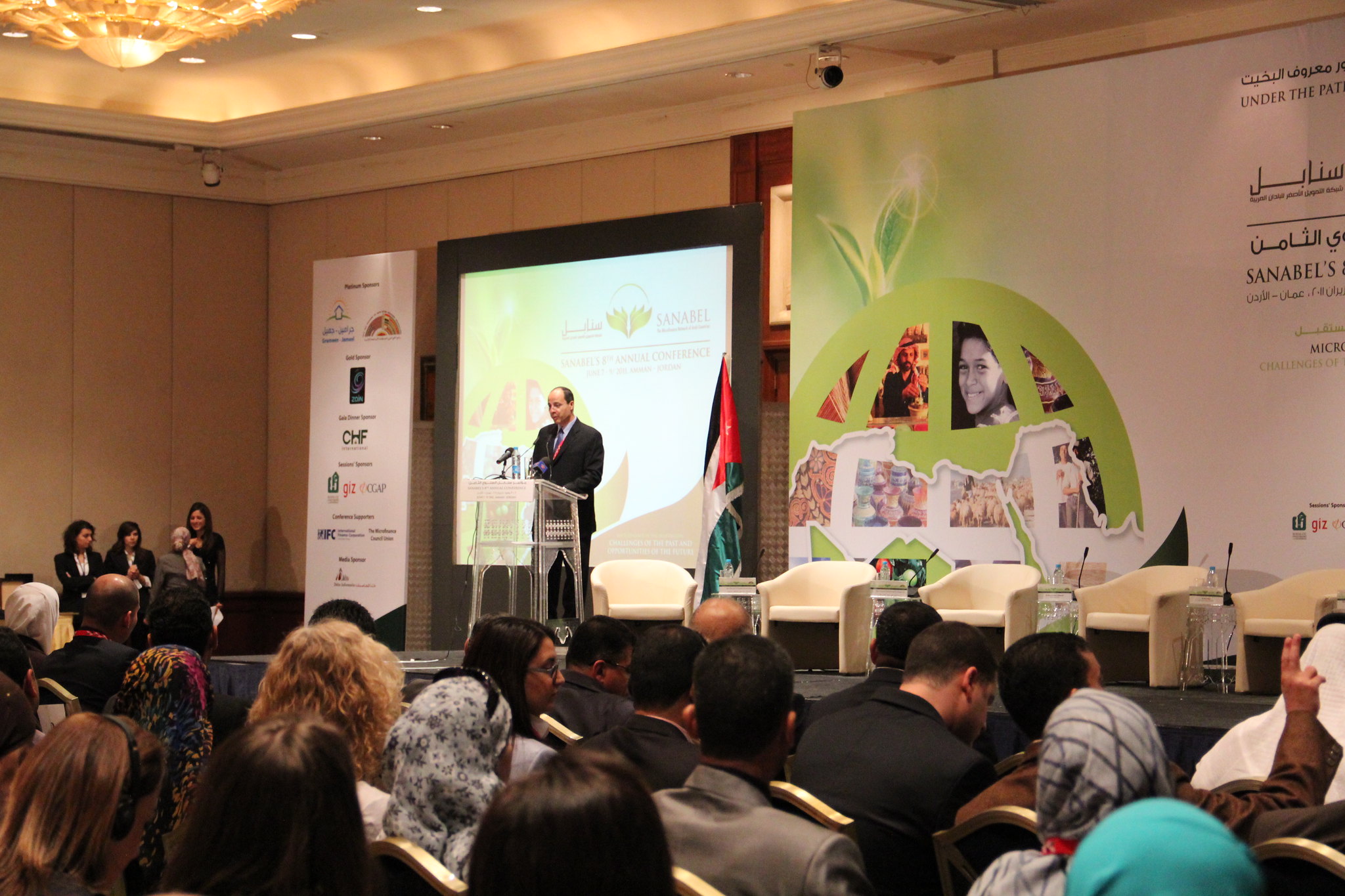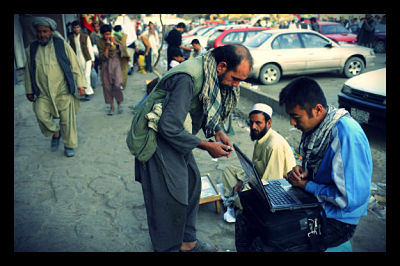 Cuentapropistas, small and medium-sized Cuban private enterprises, do not have access to the assets they need in order to continue to prosper in Cuba. Since the initiation of President Raúl Castro, the amount of private business owners has tripled and the number of nonagricultural co-ops and individuals renting property has also continued to grow. For a continuous trajectory, credit access in Cuba for these cooperative enterprises and individuals needs investments and working capital.
Cuentapropistas, small and medium-sized Cuban private enterprises, do not have access to the assets they need in order to continue to prosper in Cuba. Since the initiation of President Raúl Castro, the amount of private business owners has tripled and the number of nonagricultural co-ops and individuals renting property has also continued to grow. For a continuous trajectory, credit access in Cuba for these cooperative enterprises and individuals needs investments and working capital.
There are over half a million legally registered cuentapropistas in Cuba and the numbers are still rising. These Meso, Small and Micro Enterprises (MSMEs) are an important economic asset to both Cubans and travelers, providing them with a wide variety of goods and services, creating employment and generating income.
Although microfinance lending has widened, it is still very limited. Statistics collected from the Central Bank of Cuba showed that in the wake of the government banking reform in 2011, 378,011 people received financing worth $135 million between the years 2012 and 2014. Only 34 percent of lending went to sole farmers and small enterprises, while micro enterprises accounted for about 2.6 percent. 63 percent of the loans that were lent went toward financing the construction of homes and renovating businesses.
Microcredit has been available in Cuba solely through local banks, as opposed to international banks or NGOs, which has presented a number of disadvantages to its success. Many Cubans lack a credit history, which has ruined the credibility and creditworthiness of borrowers. Another obstacle hindering credit access in Cuba is the lack of knowledge of the usage of credit among business owners primarily due to the many years of the nation’s state-owned and-operated political and economic system.
However, this has not stopped Credit4Cuba, a nonprofit foundation established in the year 2015 in the Netherlands by Marije Oosterhek and Dennis Schmidt. This organization is making a difference for cuentapropistas by supporting small and growing enterprise development in Cuba. Credit4Cuba works closely with existing groups in Cuba by providing the proper practical training and coaching assistance to entrepreneurs hoping to enter the world of cuentapropistas in order to expand their existing business.
Aside from offering training and coaching, Credit4Cuba aims to set up a social impact hub in Havana. It hopes to create a social community where entrepreneurs can meet to interchange experiences and collaborate on ideas in order to create opportunities and join efforts toward developing their businesses. In the near future, Credit4Cuba will work to connect cuentapropistas with social investors, entrepreneurs and trainers worldwide, provided that all participants will contribute toward the Sustainable Development Goals and work to create a positive influence in Cuba.
Microfinance organizations similar to Credit4Cuba, like the Grameen Bank and Kiva, are not only helping the economy for developing countries to prosper, but they are also contributing to the reduction of poverty. Credit access in Cuba for small business owners is slowly moving in the right direction.
– Zainab Adebayo
Photo: Pixabay


 In the Arabic language, the word ‘
In the Arabic language, the word ‘
 In 2006, MIT Professor Muhammad Yunus was awarded the Nobel Prize for his work in the creation of the Grameen Bank. The Bank was created primarily to microfinance, or provide small loans, to the impoverished in Bangladesh. Today, over 97 percent of Bangladesh’s villages have a Grameen Bank presence, a whopping 7.5 million people have borrowed from the Grameen Bank and 65 percent of the borrowers “clearly improved their socio-economic conditions.” Yunus has even advocated for credit to be considered a human right because of the extent to which it can help people deal with their financial situations.
In 2006, MIT Professor Muhammad Yunus was awarded the Nobel Prize for his work in the creation of the Grameen Bank. The Bank was created primarily to microfinance, or provide small loans, to the impoverished in Bangladesh. Today, over 97 percent of Bangladesh’s villages have a Grameen Bank presence, a whopping 7.5 million people have borrowed from the Grameen Bank and 65 percent of the borrowers “clearly improved their socio-economic conditions.” Yunus has even advocated for credit to be considered a human right because of the extent to which it can help people deal with their financial situations.


